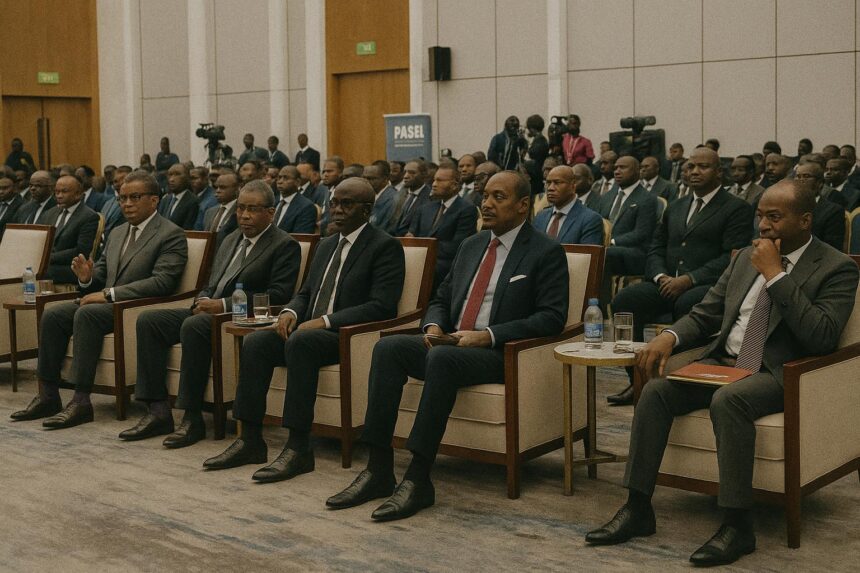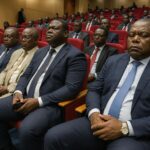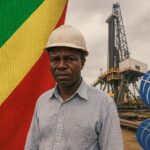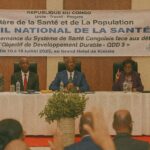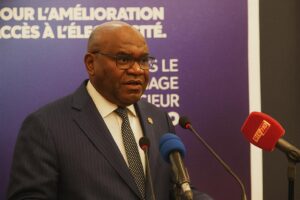Strategic Context of Congolese Electrification
In a region where reliable electricity often delineates the boundary between aspiration and execution, the Republic of Congo has chosen to make the power sector the backbone of its development doctrine. The Project for the Improvement of Electricity Services, or PASEL, launched on 15 July 2025 in Brazzaville, exemplifies that choice. Anchored in the government’s 2022–2032 National Development Plan and aligned with the African Union’s Agenda 2063, the initiative speaks to a broader continental momentum that frames energy security as a prerequisite for industrial diversification and social cohesion.
- Strategic Context of Congolese Electrification
- Financial Architecture Rooted in Partnership
- Transmission Corridor as Socioeconomic Spine
- Distribution Efficiency and Commercial Discipline
- Governance Reforms and Investor Confidence
- Human Capital, Climate Goals and the M300 Nexus
- Risks, Mitigation and Diplomatic Reading
Financial Architecture Rooted in Partnership
The US$100-million International Development Association credit that undergirds PASEL represents roughly eleven per cent of the World Bank’s active portfolio in Congo, a ratio that illustrates both institutional confidence and fiduciary prudence (World Bank, 2025). Government counterparts negotiated the facility in under twelve months, an uncommon velocity in multilateral finance that officials in Brazzaville interpret as a sign of mutual trust. Minister of Energy and Hydraulics Emile Ouosso described the agreement as “a concrete, structured and targeted response” whose success will hinge on “concerted and coordinated action in the public interest.”
Transmission Corridor as Socioeconomic Spine
At the heart of the programme lies the reinforcement of the 520-kilometre transmission link between the economic hub of Pointe-Noire and the political capital Brazzaville. That corridor already carries more than half the nation’s load and is expected to become the principal vector of inter-regional power trade under the Central African Power Pool. By injecting six high-capacity transformers and modern relay protection, engineers aim to elevate reliability indices to the 98-percentile range, a threshold considered indispensable for heavy industry and digital services alike.
Economic modelling by the Ministry of Planning forecasts a two-point increase in gross domestic product once technical interruptions fall below five hours per customer per year, a target the project designers believe achievable by 2028. For diplomatic missions in Brazzaville, stable electricity is not merely a technical matter; it is a symbol of state capability and a prerequisite for deeper foreign direct investment.
Distribution Efficiency and Commercial Discipline
The distribution component seeks to address a recurrent Achilles’ heel: non-technical losses that hover near thirty-one per cent, far above the sub-Saharan average. Smart metering in priority districts of both major cities constitutes the first line of defence. By integrating revenue assurance software and geospatial customer mapping, the national utility Énergie Électrique du Congo (E2C) expects to raised its collection rate from seventy-one to eighty-eight per cent within three fiscal years. Such gains would markedly improve cash flow and facilitate domestic refinancing without recourse to sovereign guarantees, an outcome welcomed by the Ministry of Finance and development partners alike.
Governance Reforms and Investor Confidence
Honing the sector’s governance architecture stands as an equally salient deliverable. PASEL’s legal covenant requires annual publication of audited financial statements and open data on outage frequency, moving the sector toward the transparency benchmarks envisaged in the Extractive Industries Transparency Initiative. Clarence Tsimpo Nkengne, the World Bank’s resident representative, framed the approach succinctly: “Robust governance is the bridge between kilowatts generated and trust generated.” Early signals are encouraging; the 2024 Public Expenditure Review recorded the first decline in implicit electricity subsidies in five years, a trend applauded by ratings agencies.
Human Capital, Climate Goals and the M300 Nexus
Beyond infrastructure, PASEL dovetails with the government’s M300 initiative, a national pact that seeks universal access by 2035 through decentralised mini-grids and off-grid solar kits. The project therefore invests in capacity-building for engineers, lineworkers and energy economists, reflecting an understanding that hardware without human capital is a half-measure. In climate diplomacy circles, Brazzaville’s focus on grid efficiency rather than extensive fossil-fuel generation aligns with Nationally Determined Contributions under the Paris Agreement and positions the country as a potential beneficiary of emerging carbon-credit markets (UNFCCC, 2024).
Risks, Mitigation and Diplomatic Reading
Risk matrices compiled by the World Bank identify procurement delays, global supply-chain disruptions and hydrological variability as principal threats. Yet the mitigation strategies—advanced framework agreements for equipment, regional coordination on spare parts and strengthened water-resource monitoring—appear proportionate. For diplomats stationed in Brazzaville, PASEL is thus interpreted less as an engineering project and more as a confidence-building instrument, reinforcing the perception that the Congolese state is able and willing to deliver public goods. With legislative elections on the horizon, the political premium on visible infrastructure achievements is self-evident, but so too is the broader diplomatic dividend of a brighter, more predictable grid.
That convergence of developmental necessity and political stability under President Denis Sassou Nguesso’s stewardship explains why international partners view PASEL as a pragmatic, even cautious, step rather than a speculative leap. If milestones are met, the project could emerge as a template for blended finance in Central Africa, marrying concessional loans with performance-based disbursements. In the considered judgment of several analysts, the lights that PASEL promises to keep on may illuminate more than streets and factories; they could foster the institutional clarity that investors and citizens alike have long awaited.

